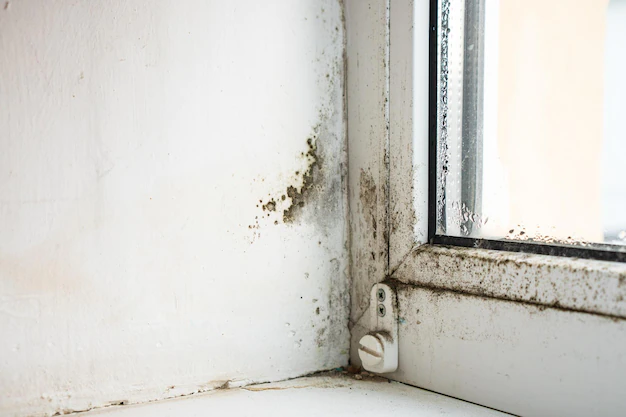Household Mold

Mold is a common household problem that can lead to a variety of health issues, including allergic reactions, respiratory problems, and even neurological damage in severe cases. Mold thrives in warm, humid environments and can grow on a variety of surfaces, including walls, floors, and ceilings.
Here are some important things to know about household mold:
- Causes: Mold is caused by the growth of fungi in damp environments. It thrives in warm, humid conditions and can grow on a variety of surfaces, including walls, floors, and ceilings.
- Symptoms: Symptoms of mold exposure can vary depending on the severity of the reaction and the individual’s sensitivity to mold. Common symptoms include sneezing, coughing, runny nose, itchy and watery eyes, headaches, and fatigue. In severe cases, mold exposure can also cause skin irritation, difficulty breathing, and neurological symptoms.
- Diagnosis: Diagnosis of mold exposure often involves a combination of medical history, physical exam, and allergy testing. Skin prick testing and blood tests can help identify the specific allergen that is causing the reaction.
- Treatment: Treatment for mold exposure may involve identifying and eliminating the source of the mold, improving ventilation in the home, and using air purifiers and HEPA filters to remove mold spores from the air. Medications such as antihistamines, decongestants, and nasal corticosteroids may also be recommended to alleviate symptoms.
- Prevention: There are several steps you can take to prevent mold growth in the home, such as fixing leaks and improving ventilation in bathrooms and kitchens, using dehumidifiers to reduce humidity levels, and regularly cleaning and drying damp surfaces.
In conclusion, household mold is a common problem that can lead to a variety of health issues. If you are experiencing symptoms of mold exposure, seek medical attention to identify the allergen and receive appropriate treatment. With proper management and prevention, many people with mold allergies are able to live normal, healthy lives.
